
The biggest PPE failure isn’t always lack of protection—it’s workers refusing to wear it.
In metal industries where temperatures soar, heat stress becomes a daily enemy. A worker might wear the best-rated FR suit, but if it’s too hot or heavy, they’ll unzip it, roll up sleeves, or leave parts exposed.
The result? Unsafe shortcuts, lost protection, and real danger.
Let’s talk about how to design and source protective clothing that actually gets worn—with comfort, ventilation, and heat management built in.
What Is Heat Stress (and Why It Matters in Metal PPE)?
Heat stress happens when the body can’t cool down fast enough due to:
- High ambient temperatures
- Radiant heat (from furnaces, metal, machines)
- Poor air circulation
- Insulating clothing layers
- Intense physical work
Symptoms include dizziness, fatigue, dehydration, confusion—and in severe cases, heat stroke or collapse.
✅ Your PPE must protect from external heat without trapping internal heat.
Signs Your Gear Is Causing Heat Stress
- Workers unzipping suits or rolling up sleeves mid-shift
- Excessive sweating and dehydration
- Complaints of rash, heat rash, chafing
- Slower work pace or increased breaks
- Visible dampness, odor, or color bleed on clothing
⚠️ If your safety gear is being bypassed, it’s not doing its job—no matter how fireproof it is.
Smart Layering: The Key to Balancing Protection and Comfort
Metaltech workwear should follow a 3-layer principle:
| Layer | Function | Ideal Material |
|---|---|---|
| Base Layer | Sweat wicking, skin protection | Inherent FR, modacrylic blends, mesh cotton |
| Mid Layer | Heat insulation, spark resistance | FR cotton, light aramid blends |
| Outer Shell | Splash, abrasion, radiant block | Leather, aluminized, multi-layer composite |
✅ This allows workers to adjust layers to task intensity and climate—rather than wearing one thick, sweaty suit all day.
Design Features That Help Manage Heat
When sourcing PPE for hot environments, prioritize:
- Underarm and back vents (covered mesh zones that release heat)
- FR mesh linings that improve airflow under jackets
- Light-colored outer fabrics that reflect more radiant heat
- Moisture-wicking collars, waistbands, and inner sleeves
- Break-away sleeves or modular sleeves for task-based wear
- Zippered chest flaps for airflow during low-risk periods
✅ Even a 2–3°C body temp reduction reduces accident risk and boosts productivity.
Fabric Choice: The Real Game-Changer
| Fabric Type | Heat Stress Performance | Notes |
|---|---|---|
| Inherent FR blends | Excellent sweat handling, stable after wash | Ideal for base and mid-layers |
| Light FR cotton | Good breathability, lower cost | Suitable for light welding or non-splash zones |
| Aluminized outerwear | Blocks radiant heat but retains internal warmth | Use only when splash risk is active |
| Leather | Very protective, poor ventilation | Use as modular layer, not all-day suit |
| FR mesh/knits | Great for hidden ventilation zones | Combine with tougher shell for full coverage |
✅ Don’t underestimate the value of lightweight + layered over heavy and hot.
Cooling Accessories That Help
Sometimes clothing isn’t enough. Pair Metaltech garments with:
- FR cooling vests (gel or evaporative)
- Moisture-wicking FR bandanas
- Ventilated welding hoods with exhaust ports
- Neck wraps soaked in cool water (FR-treated only!)
- Fans or exhaust systems in work zones
Small additions = big difference in comfort AND compliance.
Training: The Forgotten Part of Heat Safety
Even with the right gear, you need to:
- ✅ Train workers on symptoms of heat stress
- ✅ Teach layering strategies for different zones or tasks
- ✅ Encourage hydration breaks and smart gear usage
- ✅ Set PPE rotation schedules for long-duration high-heat jobs
- ✅ Post temperature alerts in work zones
A cooler worker is a safer worker—and also one who wears their PPE consistently.
What to Ask Your Supplier
- Is this garment designed with ventilation zones?
- What is the moisture-wicking rating or sweat evaporation capacity?
- Can we layer this item over a lightweight FR base?
- Is the outer shell heat reflective or absorbent?
- Can you provide custom sizing for looser airflow fit?
- Do you offer cooling accessories compatible with this PPE?
✅ At workwearsolutions, we design metal-industry workwear that balances compliance with comfort—because PPE only works if it’s worn.
Conclusion
In metal industries, heat isn’t just environmental—it’s occupational.
Protecting your workers isn’t only about blocking flames and splashes, but also about managing what happens under the gear.
When sourcing PPE:
- Use a layered system instead of a “one-piece solution”
- Prioritize ventilation, wicking, and fit
- Choose heat-conscious fabrics and task-flexible designs
- Provide cooling gear + usage training
Need help designing or sourcing protective gear that’s safe and survivable in high-heat conditions? I can help you layer smarter, ventilate better, and keep your team compliant—comfortably.
📩 Contact: [email protected]
🌐 Visit: www.workwearsolutions.net
Zion Zhang
Recent Posts
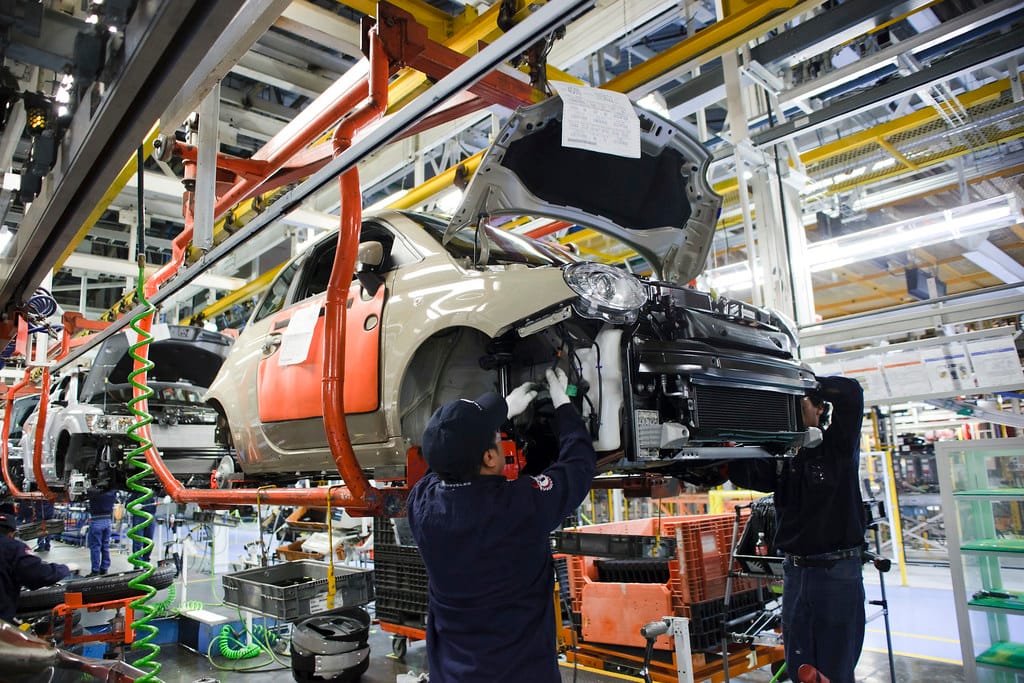 Care and Replacement Guidelines for Metaltech Clothing: Extending PPE Lifespan2025年7月3日Protective clothing doesn’t last forever—but it shouldn’t […]
Care and Replacement Guidelines for Metaltech Clothing: Extending PPE Lifespan2025年7月3日Protective clothing doesn’t last forever—but it shouldn’t […]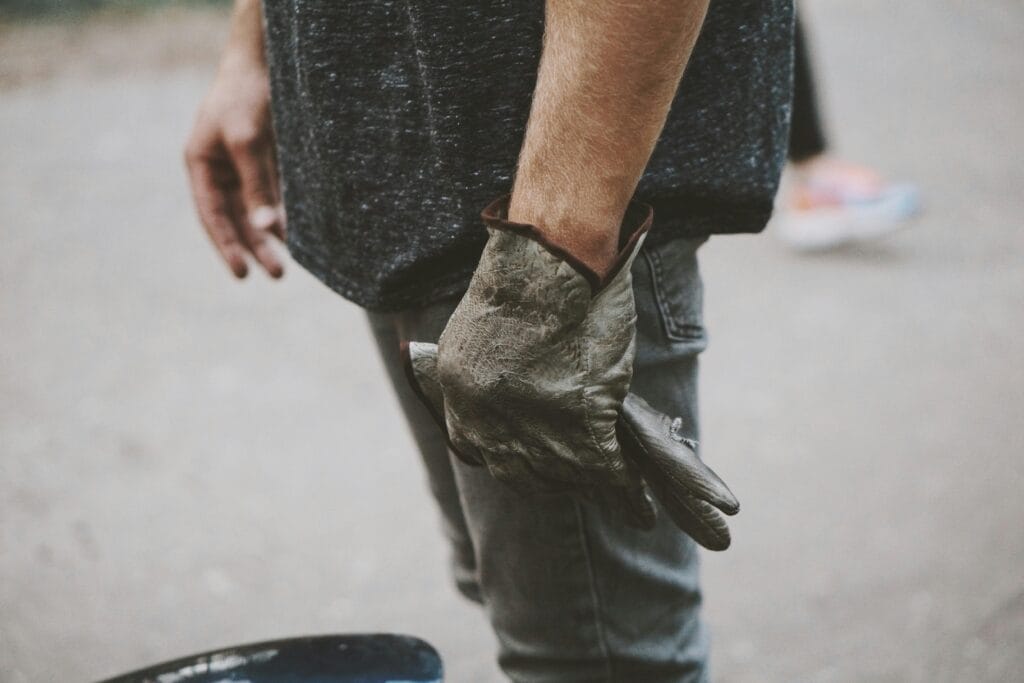 Customization for Metal Industry Workwear: Logos, Colors, and Functional Add-ons2025年7月3日In metal industries, personal protective equipment (PPE) is […]
Customization for Metal Industry Workwear: Logos, Colors, and Functional Add-ons2025年7月3日In metal industries, personal protective equipment (PPE) is […]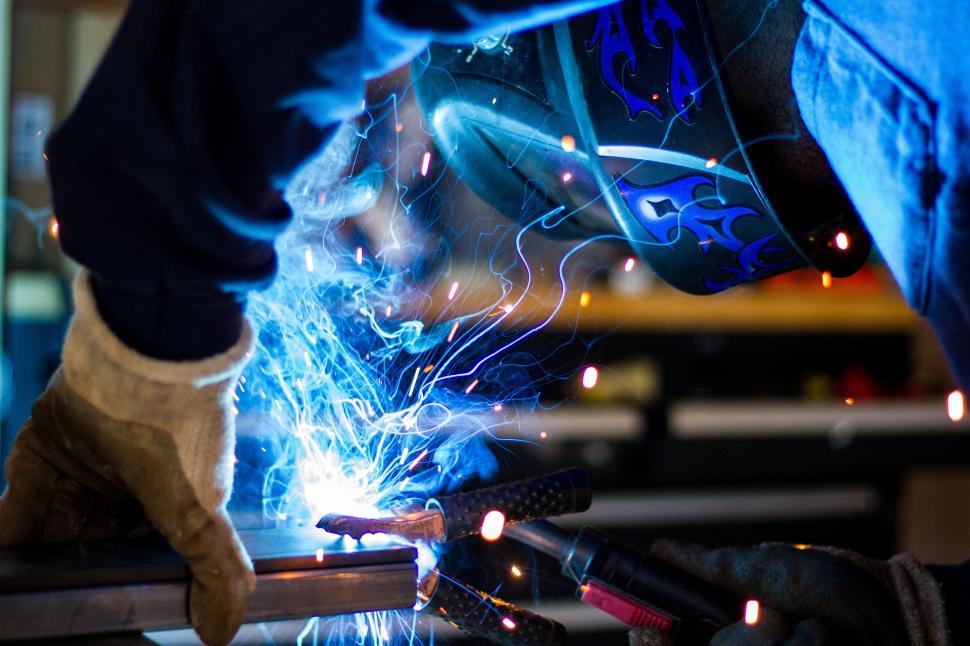 Compliance and Certifications: EN ISO 11611, EN ISO 11612, NFPA 2112 Explained2025年7月3日When buying PPE for metal industries, three numbers come up […]
Compliance and Certifications: EN ISO 11611, EN ISO 11612, NFPA 2112 Explained2025年7月3日When buying PPE for metal industries, three numbers come up […]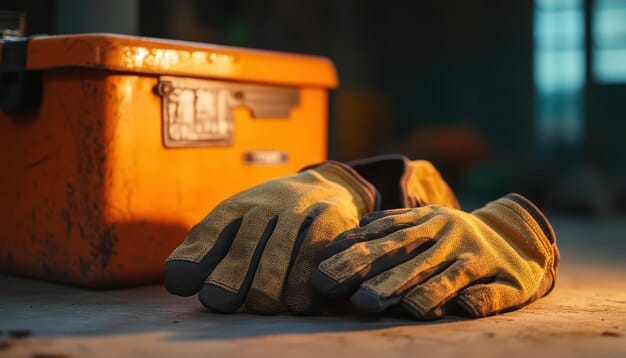 Gloves, Hoods, and Accessories: Complete PPE for Metal Processing Workers2025年7月3日You’ve got the jacket. You’ve got the pants. But what about […]
Gloves, Hoods, and Accessories: Complete PPE for Metal Processing Workers2025年7月3日You’ve got the jacket. You’ve got the pants. But what about […] Reinforced Work Trousers and Aprons: Lower Body Protection in Hot Work Zones2025年7月3日In hot work zones, the danger often comes from below. […]
Reinforced Work Trousers and Aprons: Lower Body Protection in Hot Work Zones2025年7月3日In hot work zones, the danger often comes from below. […]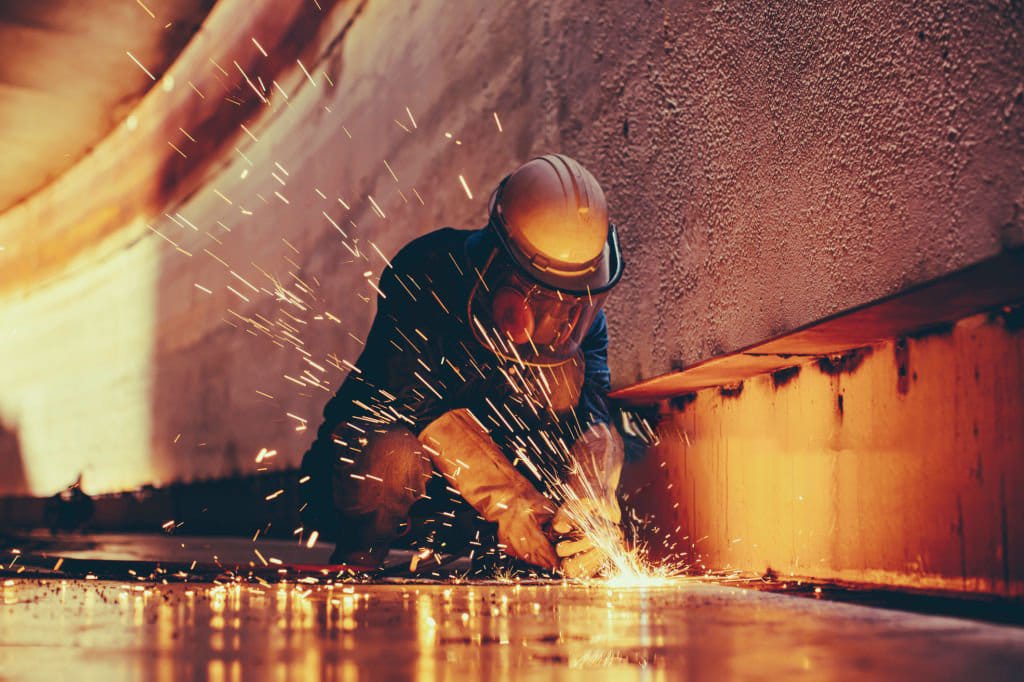 Foundry Workwear: Clothing That Protects Against Molten Metal Splash2025年7月2日In a foundry, danger doesn’t just come from flames—it comes […]
Foundry Workwear: Clothing That Protects Against Molten Metal Splash2025年7月2日In a foundry, danger doesn’t just come from flames—it comes […]
CONTACT US
- Feel free to contact us any time. We will get back to you as soon as we can!
- +86-17330061805
